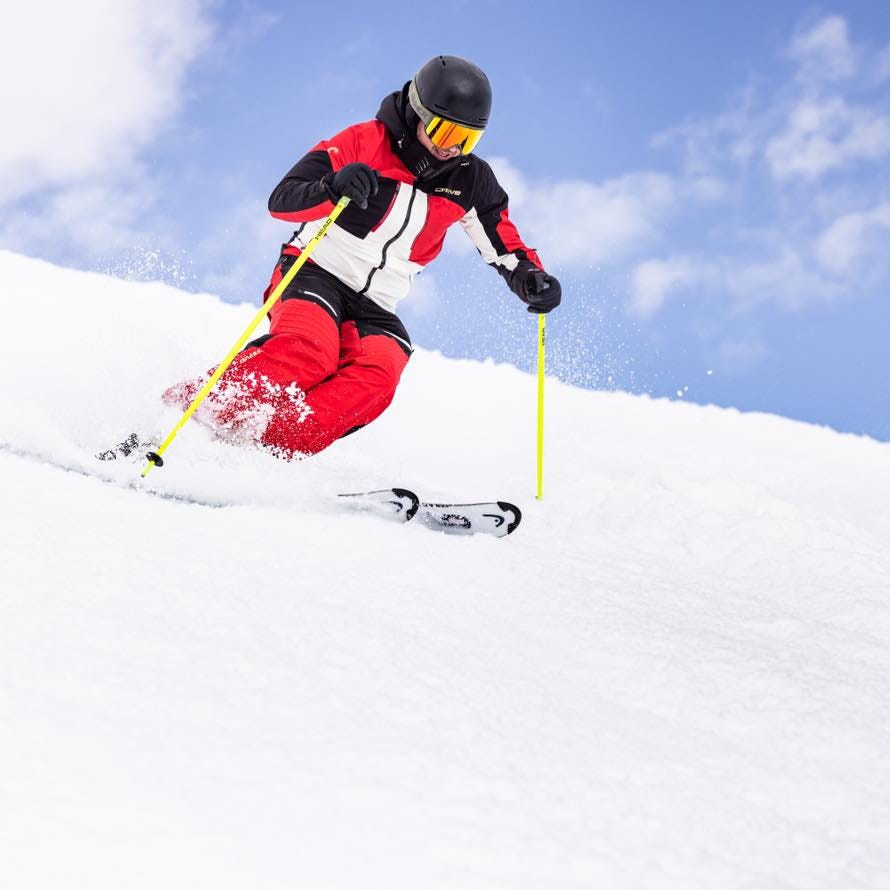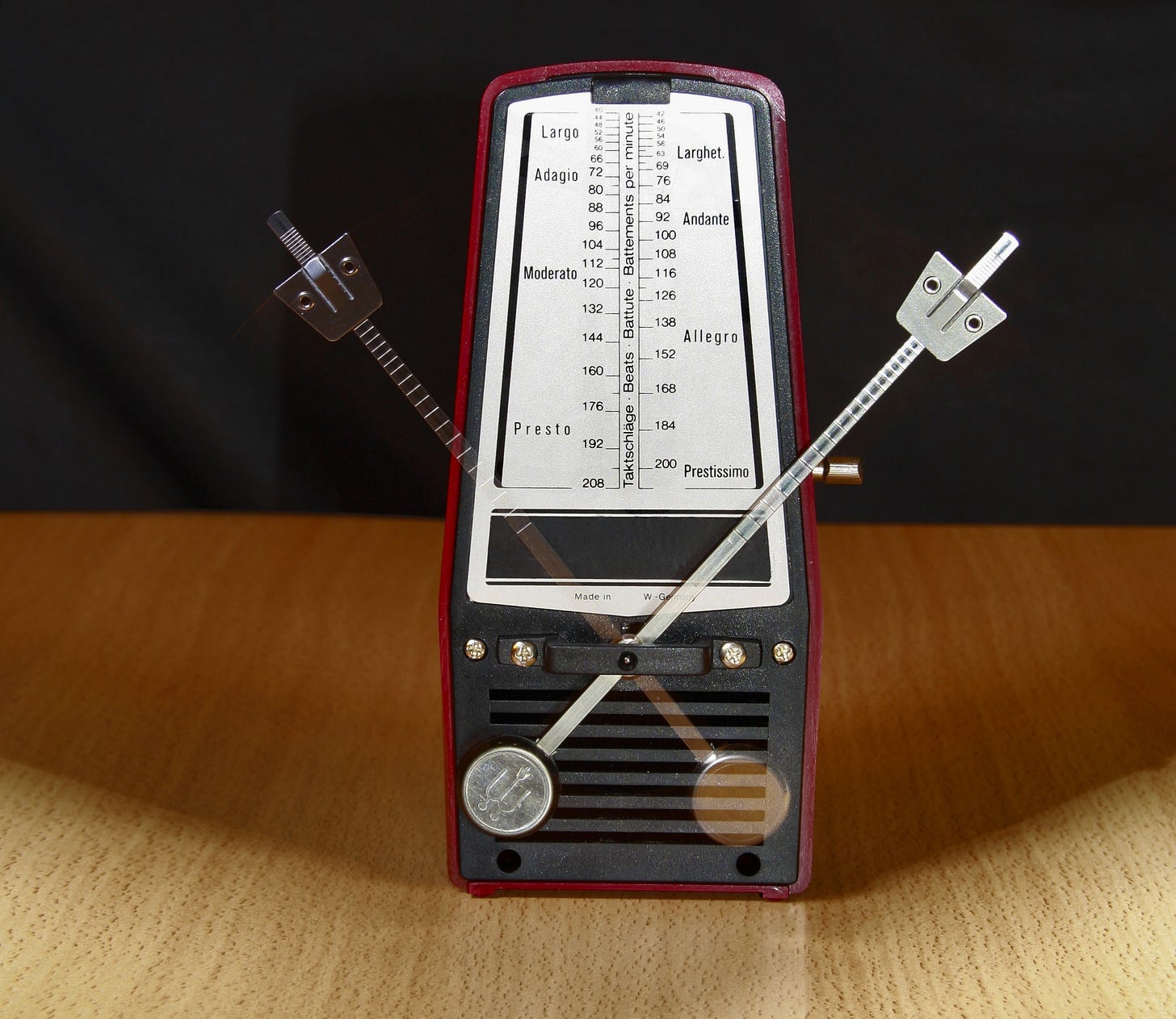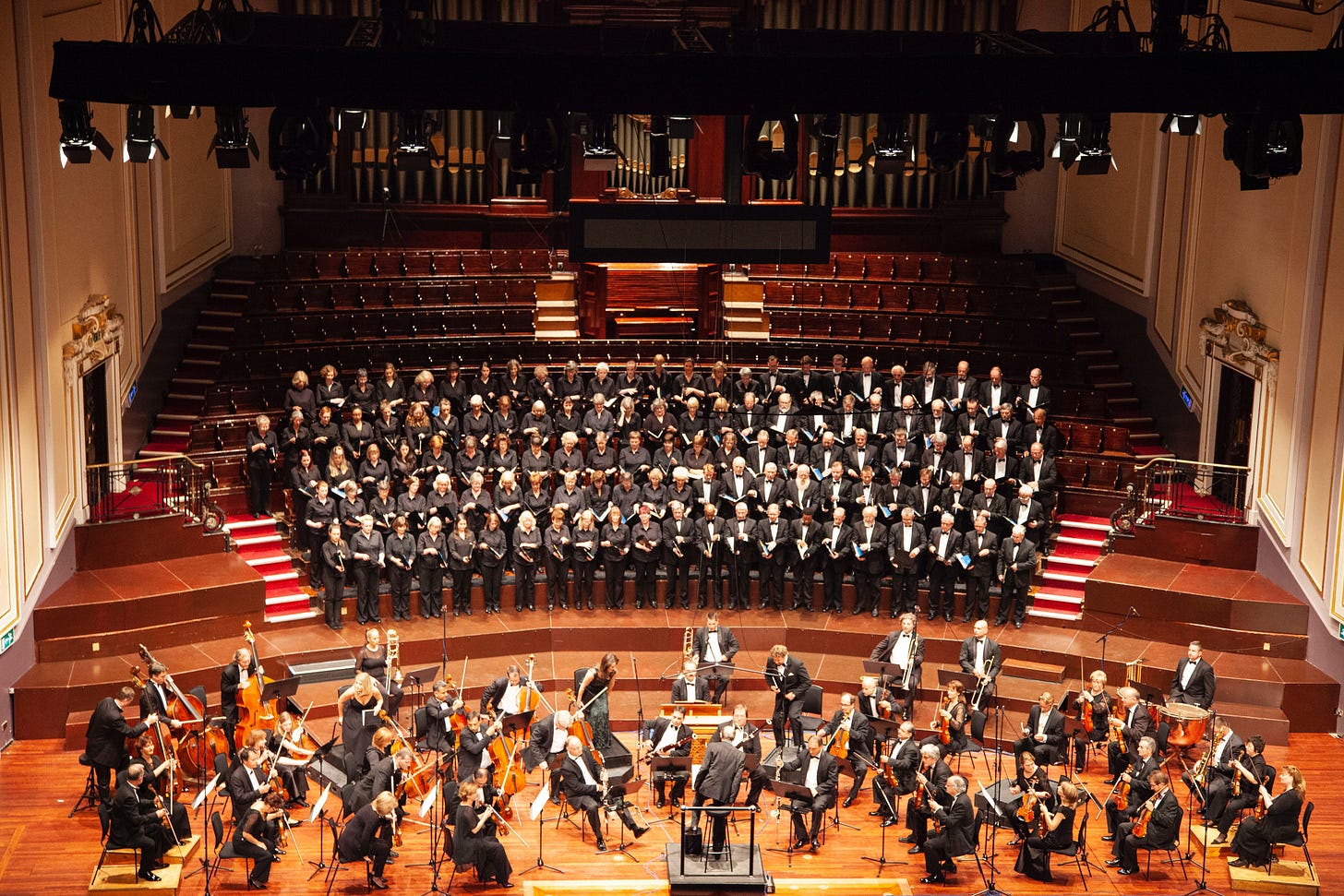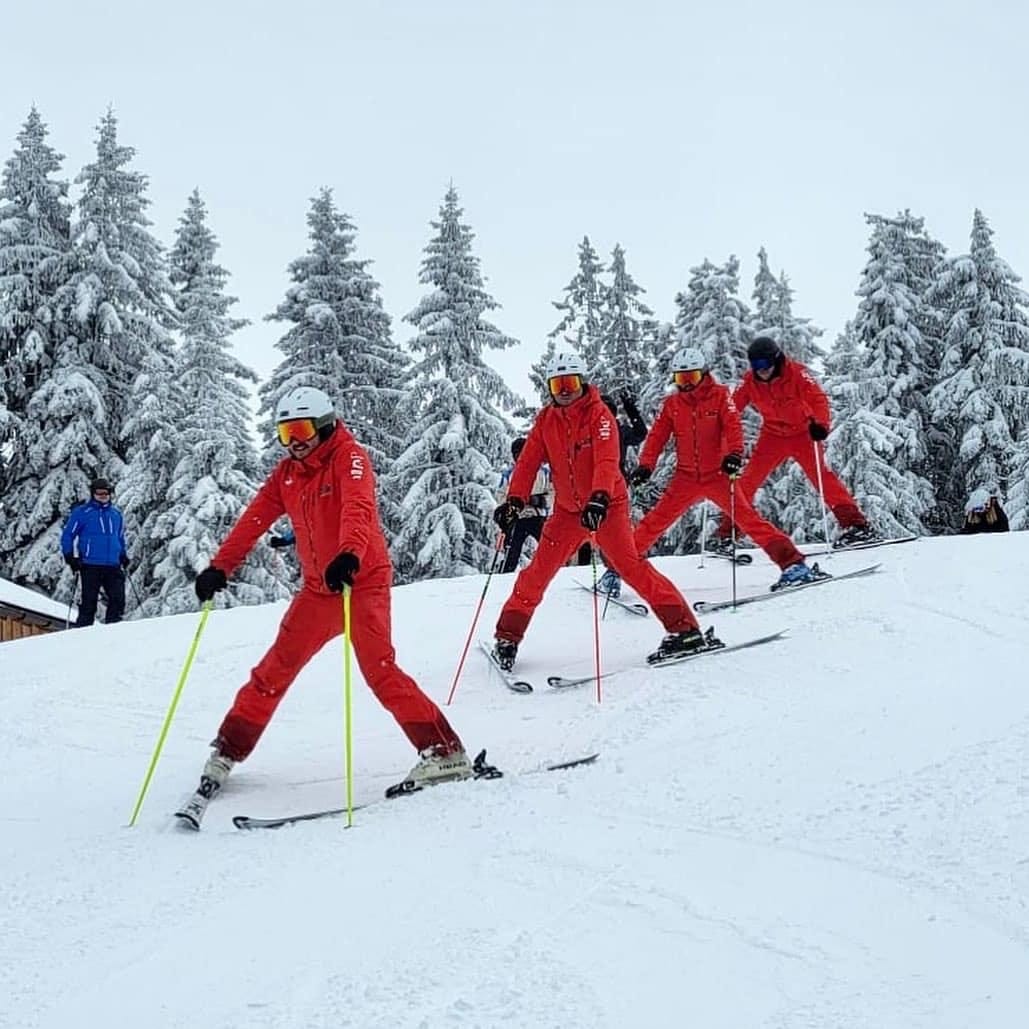Short Turns, BIG Results: 4 must-have skills to slay the slopes
Exploring the depths of short turn skiing
Dear functional skiing reader,
I must confess, it’s been a while since I’ve been able to publish another article. This is because I’ve been extremely busy with training for Interski 2023.
“Wait a minute Niels”, I hear you think… “What the hell is Interski?”
More on that at the end of this newsletter. 😉
Let me make it up to you for my late publishing by dropping an extra-long newsletter in your inbox today.
We’ll zoom in on some must-have skills for skiing short turns and how I think you can improve them considerably (including some of my favourite go-to exercises)!
Building a solid foundation
Imagine this scenario: You wake up on a crisp winter morning, your excitement palpable as you anticipate your day on the slopes. As you make your way up the mountain, you can feel your heart racing with the thrill of the adventure to come.
You push off from the lift and start down the hill, feeling the wind whip past your face and the rush of adrenaline surge through your veins. With a quick shift in weight and a subtle flick of the ski edges, you carve into the snow, turning with precision and grace. The world around you blurs as you pick up speed, but you remain focused on every next turn, every next challenge, every next arc you can shape.
The thrill of skiing short turns to me is that it's essentially a dance with the mountain, a battle of wills against the elements, a rush of pure adrenaline that can leave you breathless and exhilarated when executed at higher speeds.
But…it’s not an easy thing to do, though…
Every challenging task, no matter how complex or daunting it may seem, must start from foundational building blocks. Whether it's learning a new skill, tackling a difficult project, or facing a personal challenge, laying a strong foundation is essential for success.
It may be tempting to rush through the foundational stage of skiing short turns and dive head first into the more exciting parts. But doing so can lead to frustration, failure, and even burnout.
Taking the time to establish a strong foundation, even if it means starting with the basics, will pay off in the long run by providing a stable and sustainable platform for growth and progress when it comes to your skiing.
Let’s discuss some must-have skills on which short turns rely.
Work on fundamental movements first to avoid frustration when developing your short turns.
A smooth transition
In a way, you could say that there are no short turns. All turns start as long turns, with a smooth transition and weight shift to the outside ski. It’s easier to just consider short turns to be long turns that have been sped up in the final half of the arc of a turn.
Before you are ready to start shortening your rhythm, you need to already master a smooth transition and two footed-parallel edge change.
The release of both skis' edges from the previous turn is vital as it enables both skis to turn equally, thus maintaining a parallel position. Unfortunately, many skiers only release the edge of the uphill ski, which becomes the outside ski during the transition, resulting in the new outside ski turning on its own and causing a snowplough position.
To avoid this, it's crucial to focus on the downhill ski (=the new inside ski) during the transition, to ensure it also releases its edge from the previous turn.
This is something you cannot force and need to be excellent at before you can expect to ski short turns at a higher level.
One of my favourite exercises to improve this is to subtly lift the downhill ski at the edge change, and let it tap lightly against the ski boot of your mountain ski, then topple the lifted ski in the air and set it down again on its edge. Aim for a slightly O-legged position when doing this.
This exercise ensures that you edge the old outside ski (which becomes the new inside ski) first. This will drag the old inside ski that becomes the new outside ski into this toppling movement, giving you a perfectly parallel transition. It also ensures that you perform the edge change without hesitation.
Afterwards, you can start subtly reducing the lift of the outside ski.
“Like a graceful dancer on the slopes, mastering smooth transitions is the key to carving your way through short turns on skis.”
Rhythm
In music, rhythm is the heartbeat of a song, and in skiing, it's the pulse of your movements.
For skiing, rhythm refers to the timing and sequence of movements used to initiate and complete each turn. Rhythm is a crucial element in skiing short turns, as it allows the skier to flow smoothly from one turn to the next while maintaining control and speed.
By establishing a consistent and effective rhythm, skiers can also maintain their balance and optimize their body positioning throughout each turn.
For short turns, always focus on creating moments of weightlessness followed by intense pressure, all in a choreographed dance of linked steered turns.
The rhythm of skiing short turns is like small explosive bursts of energy. It's a thrilling ride that demands your full attention and rewards you with an unparalleled sense of flow and grace.
To master the rhythm, you must in a way surrender to the beat. Always commit to your transitions, and let your body move smoothly from turn to turn.
In a way, you could almost compare skiing short turns to a form of plyometric training: plyometrics involve explosive, high-intensity movements that improve muscular power and speed. A meta-analysis published in the Journal of Strength and Conditioning Research in 2020 found that plyometric training was effective for improving speed in athletes.
From this, we can simply conclude that frequently skiing short turns could lead to gaining faster feet. Want to become a faster slalom skier? Then ski short turns more often!
Exercises that can improve your rhythm include rhythm changes, working with auditory or visual cues, and even formation skiing.
A funnel turn is a fun drill to work towards a shorter rhythm.
For this exercise, you should start from a basic parallel turn with a medium radius at medium speed. The idea is to evolve to a gradually shorter rhythm. I want you to especially focus on the pole plant during this exercise, which will be set shorter and shorter in time. By thinking of your pole plant as a metronome which sets the pace, you can make your rhythm tighter.
By practicing these funnel turns regularly, you can further develop a strong sense of timing.
“Think of your pole plant as a metronome when skiing short turns.”
Are you enjoying my newsletter so far?
Please consider buying me a beer:
deposit some money at BE 63 0013 0885 0908
BIC: GEBABEBB
Separation
Short turns require a fast and snappy rhythm, but another key to nailing them is body separation.
You need to maintain an upright upper body position while moving your lower body dynamically across the slope. This separation helps you maintain balance, control, and stability on steep terrain and through rapid direction changes.
If you fail to achieve proper separation, you may find yourself leaning into the turn, which can lead to loss of control and decreased speed. Moreover, it can be challenging to initiate the turn quickly and navigate through tight spaces or avoid obstacles.
By mastering the technique of upper and lower body separation, you can unleash your full potential and ski short turns with precision and confidence.
Moving your legs independently of your upper body also gives you more outside ski pressure for better steering & speed control. Remember: the upper body is there for balance, while the lower body is doing all the turning action.
This process takes place through two mechanisms: lateral separation and rotational separation.
Lateral separation is done by rolling the upper body slightly to the outside of the turn to compensate for the skis tilting into the turn, more or less as needed.
The result is angulation. We create this angulation by lifting the inside hip and letting the shoulders follow when needed. To work on your angulation during short turns, I find it easy to just use the tip of your outside pole to draw a trail next to your outside ski for each turn.
Besides lateral, you also need to develop your rotational separation. For this movement, you want to turn the upper body to the outside of the turn, opposite to the skis turning into the turn, more or less as needed. This is what makes the legs turn under a staple upper body.
The hockey stop is a popular exercise for skiers looking to improve their rotational separation. This is because it requires the skier to use their lower body to stop while keeping their upper body facing downhill.
Here is my personal favourite variation on this classic drill: perform a hockey stop, then jump straight back into the fall line afterwards. Repeat this as many times as you like. It's a very dynamic exercise, and the trick is to keep your upper body stable and pointed downhill, even when jumping back into the fall line. It is also an excellent exercise to put your core muscles to work!
Skiing short turns with separation can be compared to a musical performance, where the upper body is the conductor and the lower body is the orchestra. Just as a skilled conductor leads the orchestra with precise movements, a skilled skier separates their upper body movements from their lower body movements to lead the skis into the turn.
The upper body serves as the guiding force, always directing the skis where to go next, while the lower body acts as a powerful engine, generating the necessary movements to execute the turn.
“Like a well-coordinated orchestra, when the upper and lower body work together seamlessly, the skier can create a beautiful, harmonious run down the mountain.”
Managing pressure
Pressure management is also an essential component of skiing short turns, as it enables you to arc precise turns while maintaining speed control. By applying just enough pressure to the skis to generate rebound and then releasing this pressure with the right timing, you can benefit from lateral forces pushing you into each turn. It can make your skiing seem effortless.
If you want to generate pressure when skiing, it's crucial to understand how to use edge angles effectively. As you carve down the slope, you need to focus on angling your edges more aggressively, which will create a force that pushes back against you and generates pressure. The sharper your edge angle, the more pressure you can create.
In addition to managing edge pressure, the skier must also manage their fore-aft pressure distribution, shifting their weight forward or backward to maintain the desired turn shape and speed control. Together, edging and pressure management allow the skier to smoothly navigate down the mountain.
Personally, I feel that skiing short turns can in a way be compared to bouncing off a trampoline. Just as a trampoline provides a springy surface that allows you to bounce up and down, skiing short turns requires a similar spring-like motion to quickly and smoothly change direction.
When skiing short turns, you need to use your legs like springs, compressing and extending them to absorb and regenerate energy as you carve through the turn. Similarly, bouncing on a trampoline requires you to use your legs to push off and land, creating a similar motion to skiing short turns.
A great exercise for learning how to manage pressure are dynamic jumping J-turns, where you turn briefly uphill each time with active edging of both skis before jumping back into the fall line to start the next J-turn.
Perform this exercise on steeper terrain and with enough space. If you get a feel for the timing, you can afterwards scale down the release of both skis towards a more cross under movement, maintaining snow contact and staying compact but still dynamically bouncing your skis back into the fall line by using rebound.
“Benefit from lateral forces by applying the right amount of pressure to your skis.”
Short turns, BIG results!
Here is a brief summary of these four elements to work on:
A smooth transition = work on a two-foot parallel edge change
Rhythm = focus on creating short pressure moments
Separation = improve lateral & rotational separation
Pressure management = work on generating pressure and use rebound to profit from it
By practicing these four components, you can become more efficient with your short turns and enjoy greater control over your skis.
Remember, becoming a strong skier is a continuous journey, so keep practicing, and constantly strive to elevate your skills.
Interski 2023
“The Belgian demonstration team preparing for Interski 2023 in Montafon…”
I'm sorry to let you know that there won't be any newsletters from me for a while. However, I hope you can understand that I have an important upcoming task that requires my full attention.
I am extremely excited to share that I will be representing the national Belgian demonstration team at Interski in just a few weeks. This is a big opportunity for me and I need to focus 100% on preparing for it.
Every four years, Interski convenes an international conference aimed at advancing the snowsports industry by promoting the exchange of ideas, methodologies, techniques, and industry trends.
Over 37 countries send their leading snowsports instructors to showcase their unique approaches and acquire valuable insights to enhance their organizations. Various platforms, such as on-snow workshops, indoor lectures, keynote presentations, and exhibition runs, facilitate the dissemination of information.
The upcoming edition of Interski is set to take place from the 26 until the 31st of march 2O23 in Levi, Finland. The key theme will be ‘the guest experience is everything’.
One of the most exciting aspects of Interski is the demonstrations by skiing nations, which provide an opportunity for countries to showcase their unique styles and techniques.
During these demonstrations, skiers from different countries come together to perform a series of impressive manoeuvres and ski down the slopes in synchronized groups. Each nation brings its own flair to the demonstrations, showcasing their unique skiing culture and techniques.
The demonstrations are not just about showing off, however. They also provide a valuable learning opportunity for participants and observers alike. Ski instructors can learn new techniques and teaching methods from other countries, while enthusiasts can gain inspiration and insight into the latest trends in skiing.
As you can figure, I’m very proud to be part of the national selection that will ski for Belgium at Interski. This is something that has been on my bucket list for quite a while. It is only the second time in history that our little country will be represented there by a demonstration team.
Supported by a 20-strong delegation from BFSI (=the Belgian Federation of Snow Sports Instructors), which I am also part of as a trainer and examiner, we will be heading there in a fortnight' time to defend the honour of our homeland.
Oh yes, and besides skiing with the demo team, I will also give a technical workshop at the congress around building up short turns. 😉
Thank you, dear reader, for understanding my temporary absence, and wish me luck!
Rest assured, when I return I will have again amassed a lot of ski technical insights that I will be happy to share with you.
Did you enjoy my newsletter?
Please consider buying me a beer.
deposit some money at BE 63 0013 0885 0908
BIC: GEBABEBB











Dag Niels, Ik heb het volgende probleem bij een korte bocht op steil terrein (zwarte piste). Ik probeer een zeer compacte houding aan te nemen en te starten met voldoende vormspanning. Ik probeer van bij de start de snelheid onder controle te houden door onmiddellijk met mijn bochten te starten en de ski's niet even te laten lopen. Na een paar bochten vergroot de radius en beginnen mijn ski's te happen, trillen bij het uitsturen. Ik durf het niet aan om sneller te reageren uit de voeten uit angst dat de snelheid te hoog gaat oplopen.